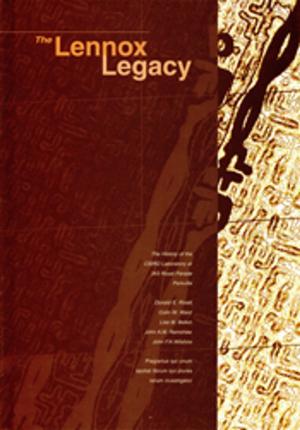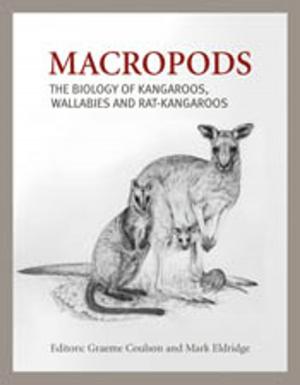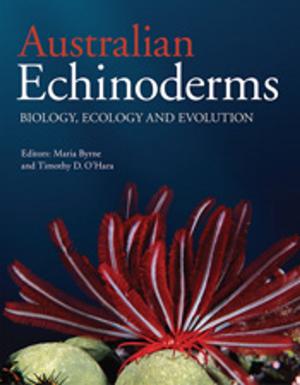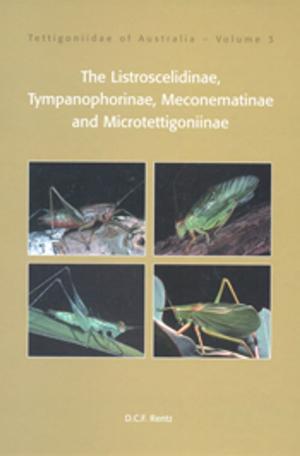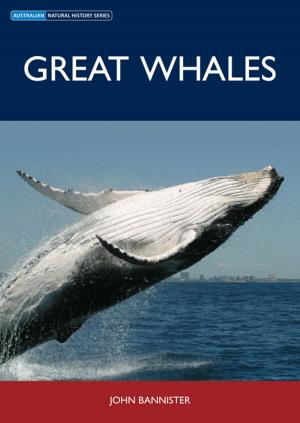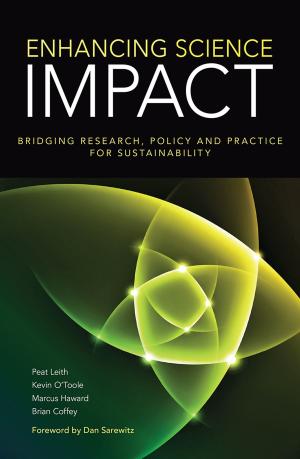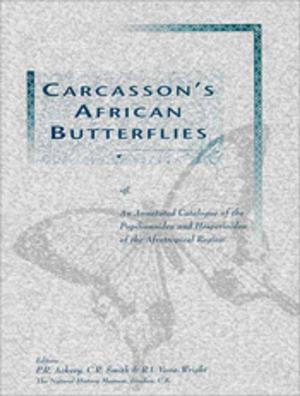Bettongs, Potoroos and the Musky Rat-kangaroo
Nonfiction, Science & Nature, Science, Biological Sciences, Zoology, Nature| Author: | ISBN: | 9780643098640 | |
| Publisher: | CSIRO PUBLISHING | Publication: | September 10, 2007 |
| Imprint: | CSIRO PUBLISHING | Language: | English |
| Author: | |
| ISBN: | 9780643098640 |
| Publisher: | CSIRO PUBLISHING |
| Publication: | September 10, 2007 |
| Imprint: | CSIRO PUBLISHING |
| Language: | English |
Rat-kangaroos have not coped well with the impact of European settlement in Australia. Of the 11 species present in 1788, two are extinct, two are either mostly or totally restricted to offshore islands and the range of all other species has been much reduced. Habitat alienation, altered fire regimes, grazing, predation by introduced carnivores, competition from rabbits and timber harvesting have variously taken their toll on these little-seen animals. The rat-kangaroo was one of the first Australian marsupials to be seen alive in Europe. Collected close to the settlement at Sydney Cove, a pair of them were exhibited in London in 1789. These animals were called by the local Aboriginal people 'Pot-o-roo', and by the European settlers, 'Kangooroo rat'. They were the Long-nosed Potoroo, Potorous tridactylus, the first of what we now call 'Rat-kangaroos' to be discovered. Bettongs, Potoroos and the Musky Rat-kangaroo provides an extraordinary glimpse into the secretive lives of these unusual marsupials. It also reveals little-known facts about the critical functional role these creatures play in maintaining the forest and woodland habitats in which they live. Winner of the 2008 Whitley Award for Natural History.
Rat-kangaroos have not coped well with the impact of European settlement in Australia. Of the 11 species present in 1788, two are extinct, two are either mostly or totally restricted to offshore islands and the range of all other species has been much reduced. Habitat alienation, altered fire regimes, grazing, predation by introduced carnivores, competition from rabbits and timber harvesting have variously taken their toll on these little-seen animals. The rat-kangaroo was one of the first Australian marsupials to be seen alive in Europe. Collected close to the settlement at Sydney Cove, a pair of them were exhibited in London in 1789. These animals were called by the local Aboriginal people 'Pot-o-roo', and by the European settlers, 'Kangooroo rat'. They were the Long-nosed Potoroo, Potorous tridactylus, the first of what we now call 'Rat-kangaroos' to be discovered. Bettongs, Potoroos and the Musky Rat-kangaroo provides an extraordinary glimpse into the secretive lives of these unusual marsupials. It also reveals little-known facts about the critical functional role these creatures play in maintaining the forest and woodland habitats in which they live. Winner of the 2008 Whitley Award for Natural History.

